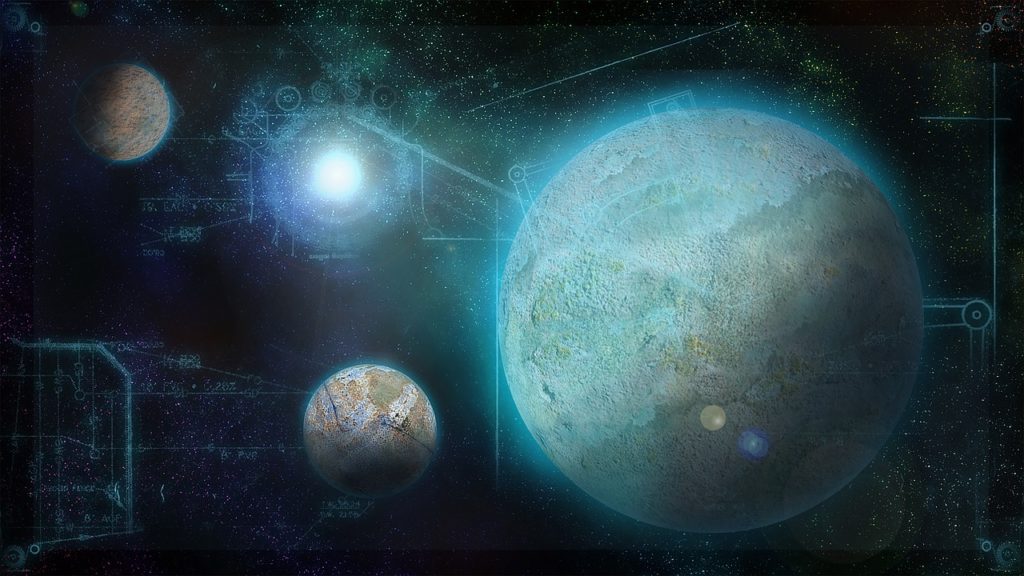Cosmic Mysteries: Is the universe a hologram?
by Scott Dutfield · 28/11/2019

Startling theories suggest we’re a projection on a 2D plane
It sounds a bit bizarre – an idea that our three-dimensional universe might be a projection on two-dimensional space. And it is bizarre. But the theory has some supporters, and we still don’t know if it’s true or not.
The idea is based on the holographic principle, which is an attempt to bring together quantum theory and gravity. It suggests that the entire universe appears as nothing more than a projection on the cosmological horizon, including us. We are a three-dimensional projection on the true universe, which is a two-dimensional plane, according to the theory. The idea comes from string theory, which says that gravity is made up of thin, vibrating strings. These might contain information about 3D objects, meaning there’s no reason to have a 3D universe at all.
Unfortunately, we have no way of knowing for sure if this is true or not. To us, a holographic universe and a regular universe would look identical. The best chance we have of knowing will come from experiments at a quantum level, but we may never know if we really are just a hologram or not. The idea of a holographic universe is also somewhat controversial.
Dark matter and dark energy
Most of our universe is ‘missing’. It’s estimated that only five per cent of the universe is normal matter (things like galaxies, stars and planets) and the rest is invisible matter and energy. The invisible matter is thought to be dark matter, which emits no visible light and thus can only be detected by seeing its effect on galaxies. We think dark matter makes up about 27 per cent of the universe, but we are yet to make a direct detection of it.
Dark energy is similarly named, but very different. In 1997, we discovered that the universe was expanding at an accelerating rate, causing scientists to suggest there may be an undetectable force permeating through space: dark energy. This is thought to make up a whopping 68 per cent of the universe. ESA’s Euclid mission, set to launch in 2020, will aim to investigate dark matter and dark energy by measuring the motion of galaxies 10 billion years into the past.
This article was originally published in How It Works issue 99, written by Jonathan O’Callaghan
For more science and technology articles, pick up the latest copy of How It Works from all good retailers or from our website now. If you have a tablet or smartphone, you can also download the digital version onto your iOS or Android device. To make sure you never miss an issue of How It Works magazine, subscribe today!




